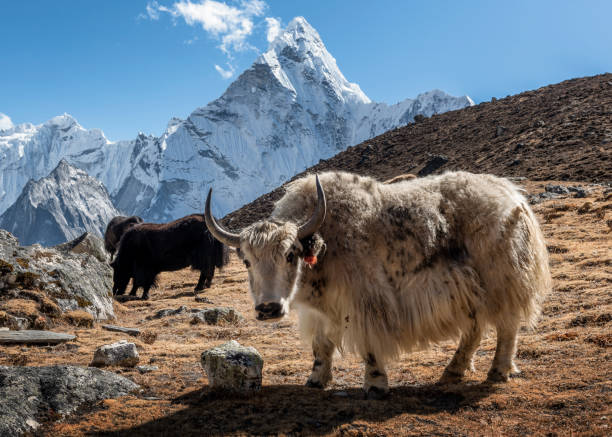
Yaks are integral to many Himalayan communities, providing milk, meat, fiber, and transportation. They hold cultural and economic significance, often featuring in traditional practices and ceremonies.
![]()
Contact Form
Yak Association of Pakistan, Department of Biological Sciences, Virtual University, 765 Road Saidpur Rd, near College Chowk, F Block New Katarian Satellite Town, Rawalpindi, Punjab
Our Team

The Yak’s Role in Daily Life
The yak is a hardy, long-haired animal native to the Himalayan region and Central Asia. Its thick coat and wide hooves allow it to thrive in cold, high-altitude environments. Domesticated yaks are essential for milk, meat, wool, and transportation in these remote areas.
Yaks play a vital role in the daily lives of people in the Himalayas. Their milk is turned into butter and cheese, while their wool is used for warm clothing. Even their dung is valuable, serving as fuel in areas where wood is scarce.




